Spitalfields Charnel House
Preserved behind glass, the ruins of a medieval building used to store human remains.
Though London is now a modern metropolis, the city is filled with reminders that for millennia it has been place to live—or die, for that matter. One of those places is this medieval charnal house located in the city’s northeastern district.
As excavation work was underway in the late 1990s, workers discovered the remains of a building that once housed the corpses of unfortunate souls who passed away in large numbers, due to either famine or plague. What they came across were the foundations of a building that existed some 300 years earlier. It was the Romans who established much of what is London today. In fact, the name itself is derived from the Latin word Londinium, given to this settlement in 47 -50. In order to protect their territory, the Romans constructed a great wall around their domain. For hygienic and sanitary reasons, the Romans felt that the recently deceased should be kept separate from the living. So, they constructed burial sites outside the urban areas.
One such plot was located between two of the city’s portals, Bishopsgate to the north and Aldgate to the east. It is also believed the Romans thought the dead would want to hear the sound of traffic during their eternal slumber. Now that this area had been established as a burial ground, it would continue to be associated with interments for centuries to come. One such building would be the hospital of St. Mary, constructed towards the end of the 12th century. Hospitals during this time were much different from the ones we are used to today. They were often establishments that would host religious pilgrims on their crusades. Over time they would begin to offer aid to the sick and injured on their journeys.
The name Spitalfields comes from a conjunction of hospital and field. No one could have foreseen the utter devastation caused by outbreaks of pestilence and infection. During periods of great mortality, it has been estimated that a third of the population of London died from famine and half from outbreaks of the plague. With such large numbers of fatalities, it was left to places like St. Mary’s to dispose of the bodies. What was once a small chapel dedicated to prayers, became a vault for a vast quantity of bones.
With the Reformation in the 1500s, and other occurrences over time, St. Mary’s fell out of favor and would eventually be forgotten. Today, the area in and around Spitalfields is alive with restaurants, retail outlets, and office buildings. In the northeast corner of Spitalfields Market, just a few yards from the I Goat statue, one will find a glass floor hovering over the remains of St. Mary chapel and charnel house. There are also steps that will lead one down to a subterranean view. It is on this level that one can read several panels containing the events and story of this once-forgotten aspect of ancient life.
Know Before You Go
The charnel house can be most easily located by following the tree-lined plaza next to the goat sculpture to the double revolving doors at One Bishops Square. The surface-level glass is immediately in front of the doors.
The nearest stations are Liverpool Street and Shoreditch High Street.
Access to the underwater level is only permitted Monday - Friday 9 AM - 5 PM. There is an elevator for entry as well. One can walk over the glass panels and see the layout from above at any time, though there may be an issue with lighting for nighttime visitations.


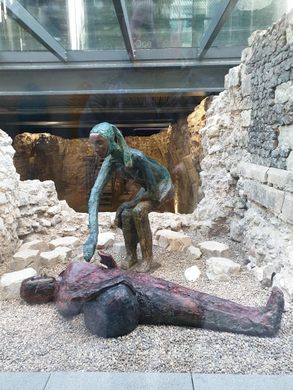
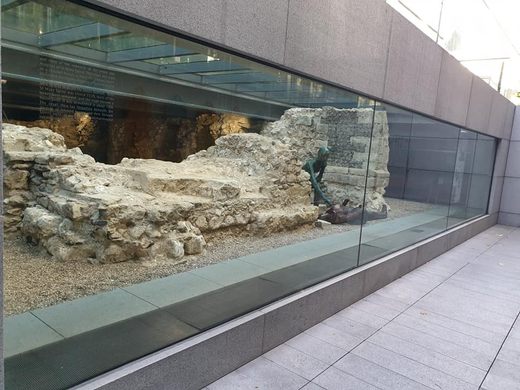
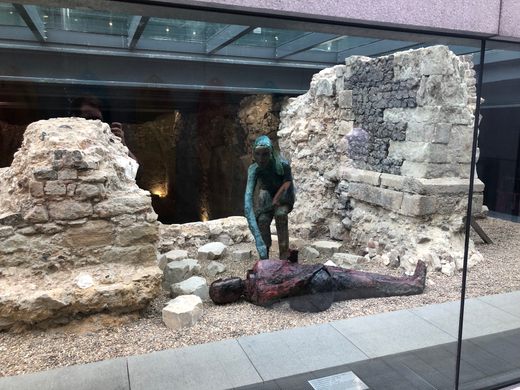

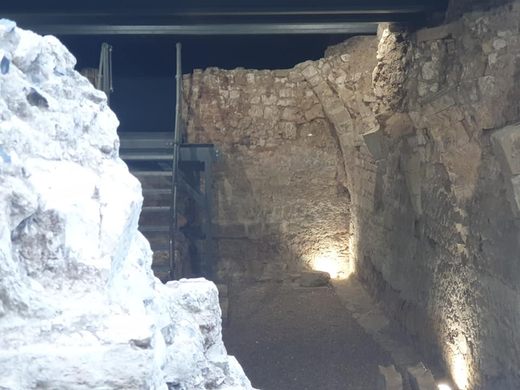
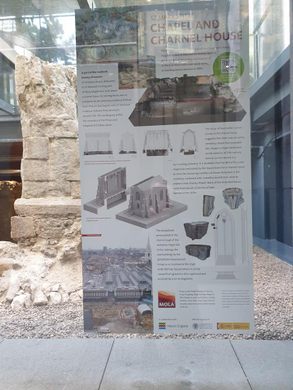
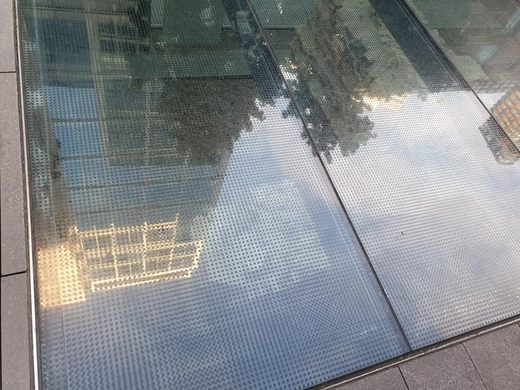
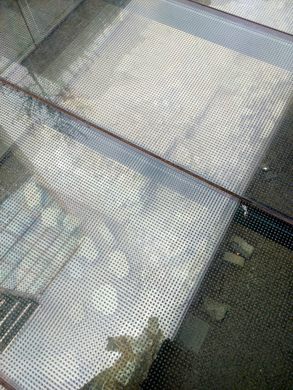
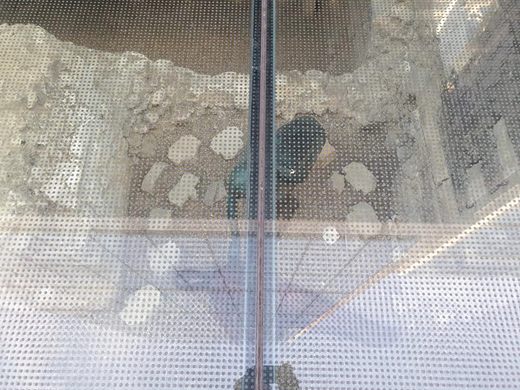

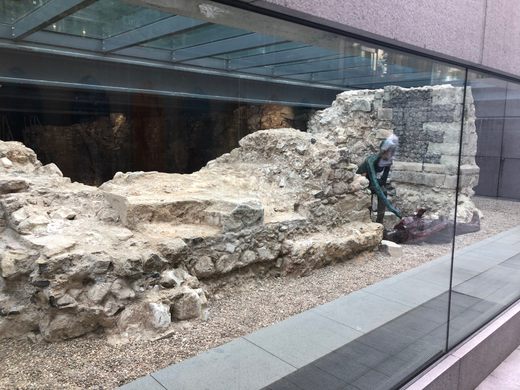










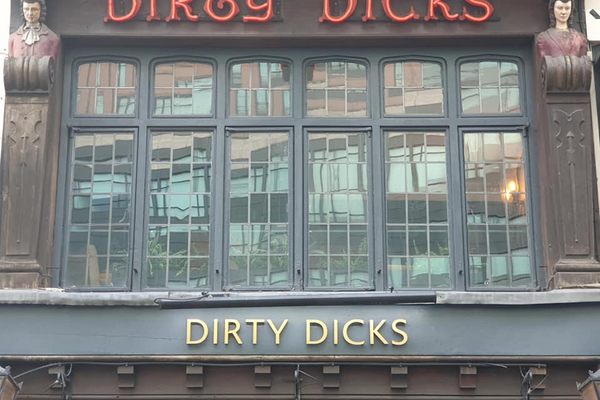



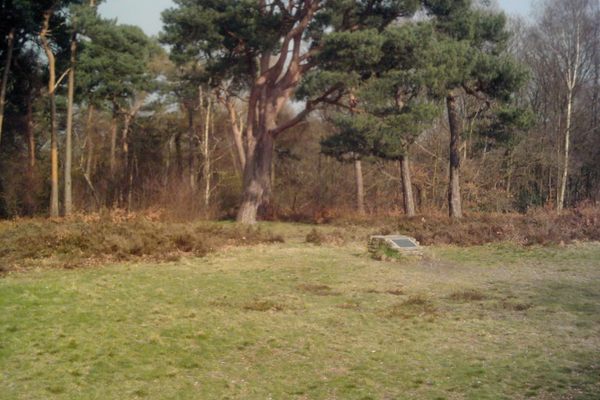

Follow us on Twitter to get the latest on the world's hidden wonders.
Like us on Facebook to get the latest on the world's hidden wonders.
Follow us on Twitter Like us on Facebook